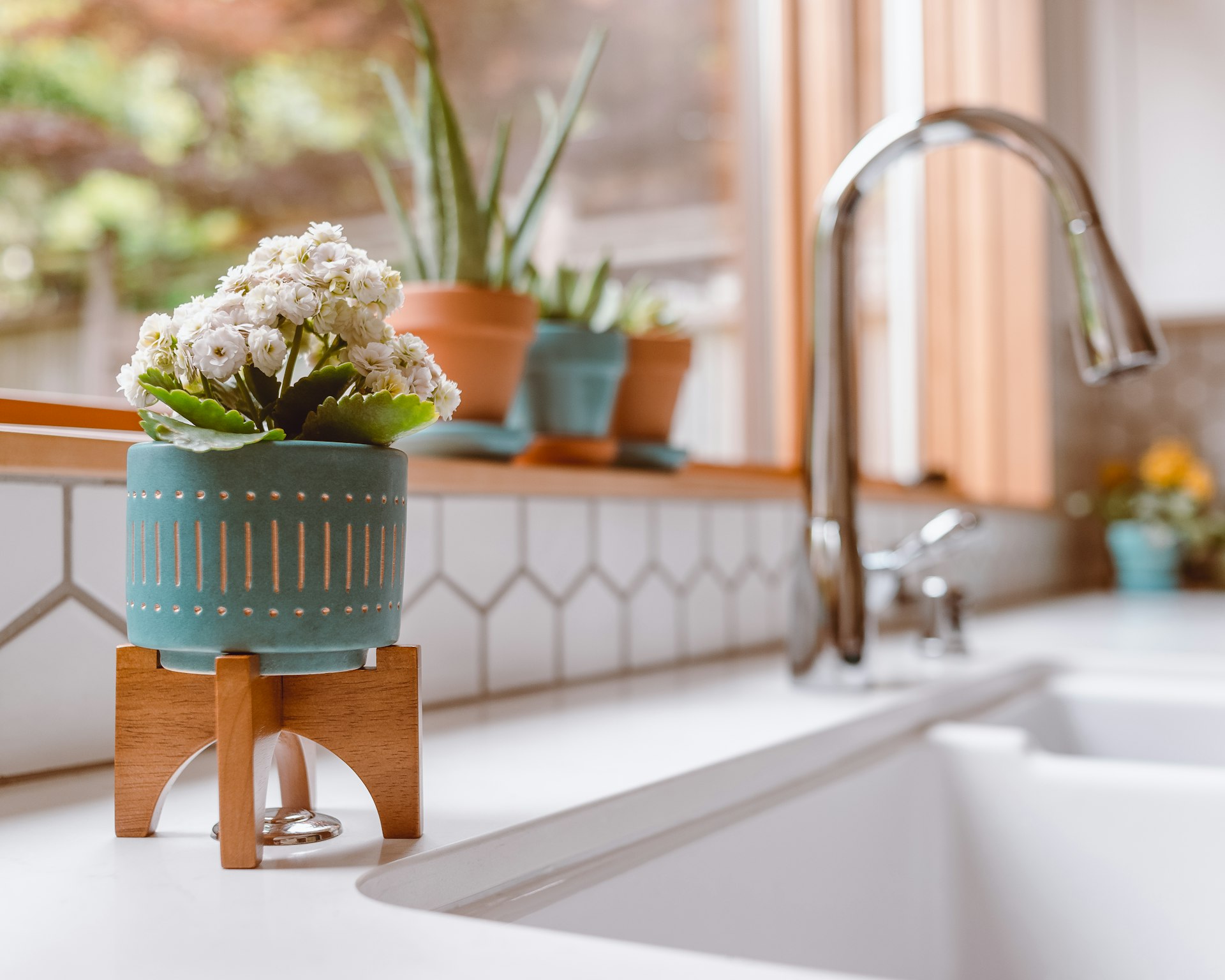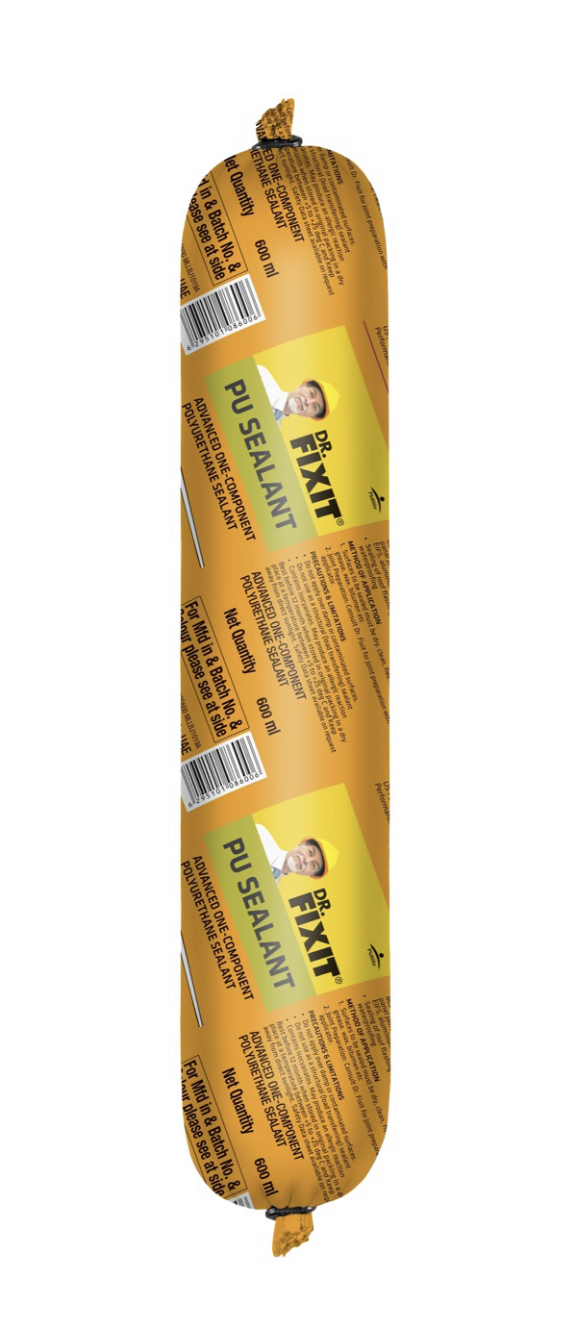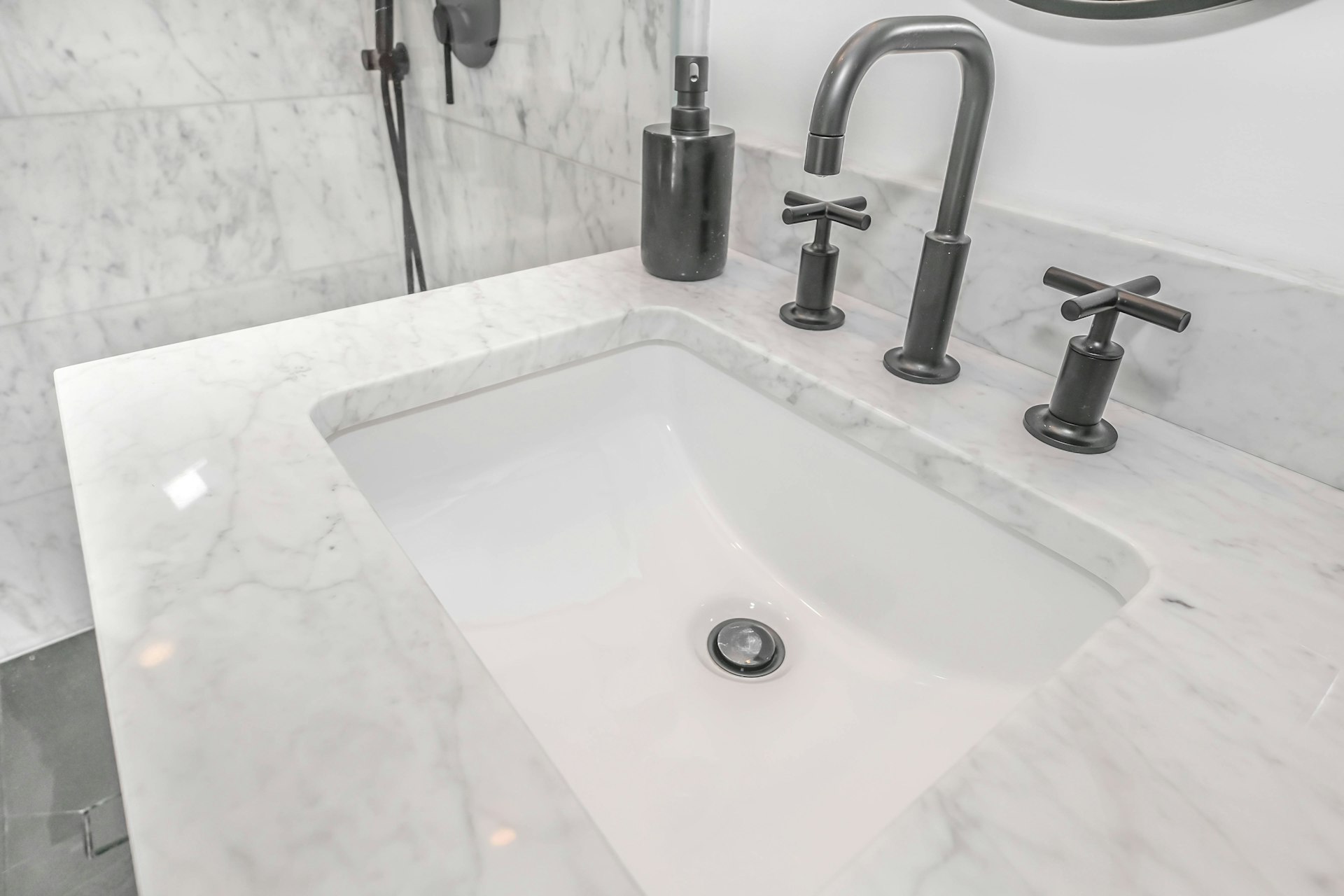Let's dive into the world of waterproofing sealants and exploring the key differences between Polyurethane (PU) and Silicone sealants, with a focus on their applications in kitchen sinks and bathroom joints. Let's understand how these two sealants play a crucial role in protecting your spaces from water damage and ensure a durable, watertight environment.

Polyurethane Sealant (PU)
Polyurethane sealants are renowned for their versatility and excellent adhesion properties. When it comes to waterproofing in wet areas like kitchens and bathrooms, PU sealants stand out for their durability and resistance to various environmental factors.

Flexibility and Movement
PU sealants are highly flexible, making them ideal for joints that experience movement, such as those in bathrooms and kitchens. As buildings settle and temperature changes occur, PU sealants can adapt without losing their bond, ensuring long-term effectiveness.
Adhesion Strength
PU sealants form a strong bond with various surfaces, including ceramics, glass, and metals commonly found in kitchens and bathrooms. This superior adhesion contributes to the sealant's effectiveness in preventing water penetration.
Durability
PU sealants are known for their durability and resistance to UV rays, weathering, and chemicals. This makes them suitable for both interior and exterior applications, providing long-lasting protection against water ingress.
Silicone Sealant
Silicone sealants have been a staple in the construction and waterproofing industry for their excellent water resistance and ease of application. Let's explore their key characteristics and how they fare in kitchen sinks and bathroom joints.
![]()
Water Resistance
Silicone sealants are inherently water-resistant, making them a popular choice for wet areas like bathrooms and kitchens. They create a watertight seal that effectively prevents water from seeping into joints and causing damage.
Mold and Mildew Resistance
Silicone sealants possess anti-mold properties, making them suitable for environments prone to high humidity, such as bathrooms. The resistance to mold and mildew ensures a cleaner and healthier living space.
Ease of Application
Silicone sealants are easy to apply, and their quick curing time allows for faster completion of waterproofing projects. This ease of application makes them a preferred choice for DIY enthusiasts and professionals alike.
Choosing the Right Sealant
While both PU and Silicone sealants offer valuable waterproofing solutions, the choice depends on specific project requirements. For kitchen sinks and bathroom joints, consider factors such as flexibility, adhesion strength, and resistance to movement and environmental elements.

Whether you opt for the flexibility of PU sealants or the water resistance of Silicone sealants, GreenBuild Waterproofing Solutions has you covered. Our range of high-quality sealants ensures that your kitchen and bathroom spaces remain dry, safe, and protected for years to come.
Reach out to GreenBuild Waterproofing Solutions, your go-to partner for waterproofing excellence in Kenya!